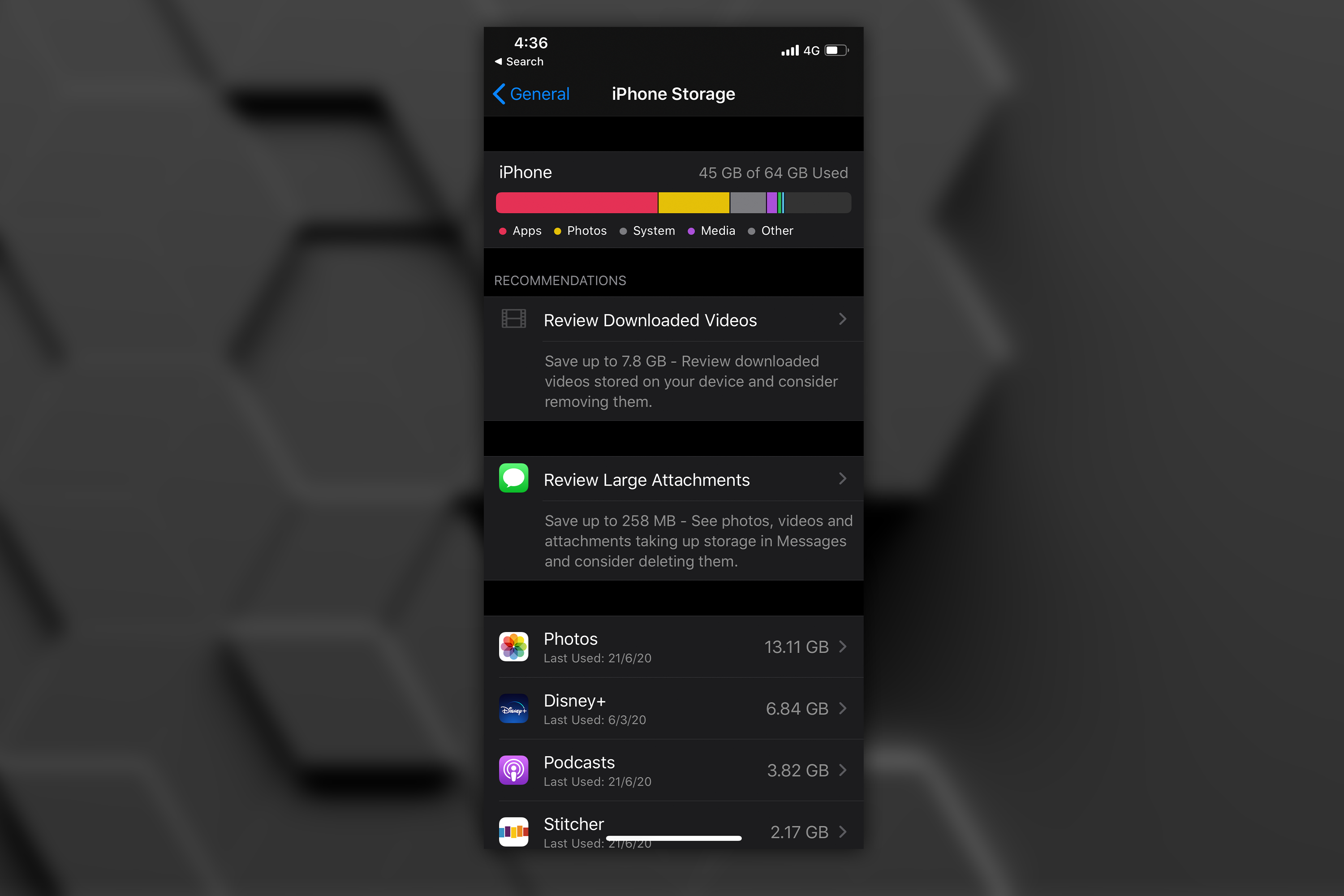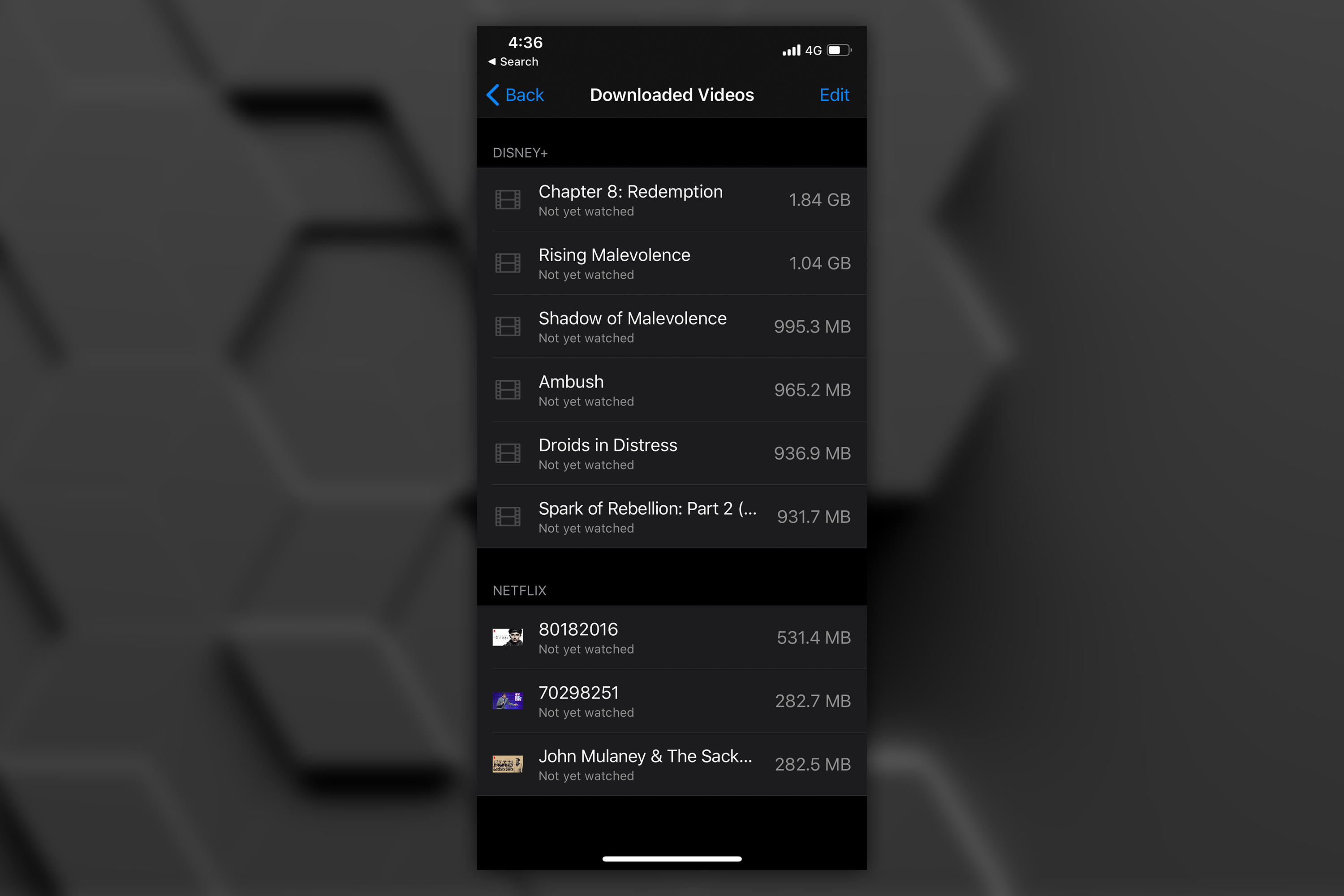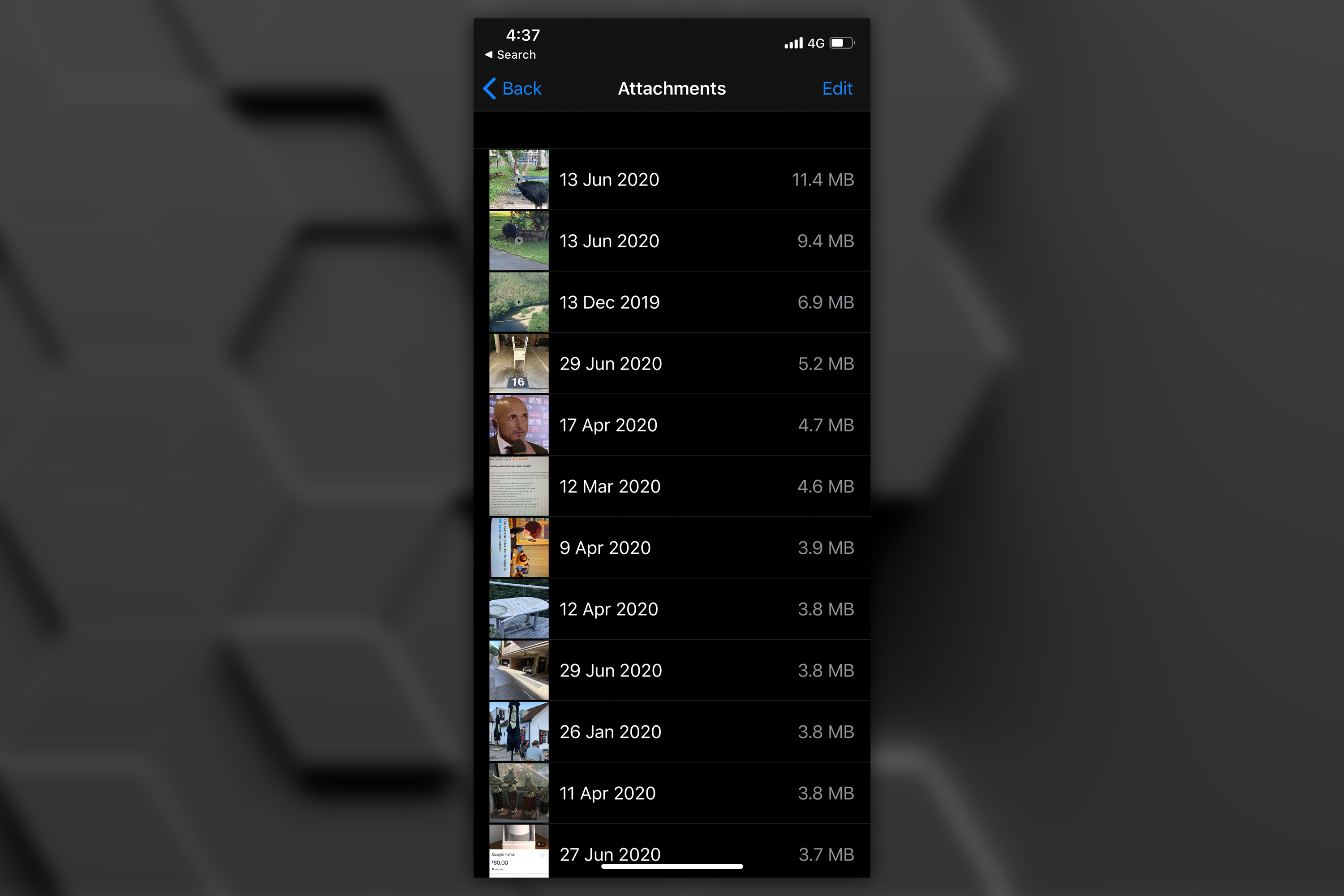Optus Mobile Review ALDI Mobile Review Amaysim Mobile Review Belong Mobile Review Circles.Life Review Vodafone Mobile Review Woolworths Mobile Review Felix Mobile Review Best iPhone Plans Best Family Mobile Plans Best Budget Smartphones Best Prepaid Plans Best SIM-Only Plans Best Plans For Kids And Teens Best Cheap Mobile Plans Telstra vs Optus Mobile Optus NBN Review Belong NBN Review Vodafone NBN Review Superloop NBN Review Aussie BB NBN Review iiNet NBN Review MyRepublic NBN Review TPG NBN Review Best NBN Satellite Plans Best NBN Alternatives Best NBN Providers Best Home Wireless Plans What is a Good NBN Speed? Test NBN Speed How to speed up your internet Optus vs Telstra Broadband ExpressVPN Review CyberGhost VPN Review NordVPN Review PureVPN Review Norton Secure VPN Review IPVanish VPN Review Windscribe VPN Review Hotspot Shield VPN Review Best cheap VPN services Best VPN for streaming Best VPNs for gaming What is a VPN? VPNs for ad-blocking Even as my smartphone and mobile data usage multiplies each year, my needs are usually met by the lowest available capacity, and therefore, the cheapest model. That might not be the case for everyone. I’m not the most snap-happy iPhone user, and I know a few parents who would see my camera roll and raise it tenfold. I also don’t purchase music digitally anymore now that I’ve, regrettably, shifted to streaming my music exclusively. I do download a lot of games and apps, however, and it’s those downloads that hog the most space on my iPhone’s internal memory. To help you decide whether a 64GB iPhone 11 or iPhone 12 is good enough for your needs, I thought I’d break down my phone usage habits, and what’s taking up the most storage in my handset. There’s also less confusion surrounding online backup systems, like iCloud. Most people are comfortable with the idea of having their data and memories stored online, rather than locally. However, Apple still charges a fee for additional iCloud storage, so if you snap more photos, and record more videos than most people you know, there’s still value in upgrading to a model with 128GB (iPhone 11) or 256GB (iPhone 11 Pro) if you want to avoid another monthly charge. The table below breaks down the suitability of each storage tier, illustrating how significant the additional storage each offers is likely to be for each use case. For instance, the jump from 128GB to 256GB is not going to be huge for those who expect photos to eat up most of their on-device storage. However, that jump is going be much more meaningful for those who want to take video content or load up their device with mobile games. However, that might not ring true for you. If you’re considering upgrading regardless, it’s worth checking out what each mobile provider is charging for the iPhone 12 on a plan (and how much you can get it for outright). Here are the most popular iPhone 12 plans currently available in Australia.
45GB of 64GB used Over 50% dedicated to apps and games Roughly 17 games and 78 apps 7.89GB of photos and videos 1,489 photos and 742 videos
When I first purchased my iPhone 11, I subscribed to Apple Arcade, the subscription-based service that allows you to download a wide selection of games. At the time of writing, I’ve got about 17 games downloaded on my device - which is way more than I need and I could happily archive at least 10 of those. Then there are apps. I’m a sucker for an innovative app, even if I end up using about half of them. Currently, I have 78 apps downloaded on my device (outside of system apps that come downloaded on the device). I’ve got streaming services, like Disney Plus, Netflix, Foxtel Now, Binge, Stan and Prime Video, work-related productivity apps like PowerBI and Slack, every food delivery app in Australia (and a couple of international options), travel apps like Airbnb, Tripview, and Google Translate. Then there’s the data downloaded within those apps. I’ve downloaded a handful of Disney Plus episodes for offline viewing, a few Netflix titles, and a handful of podcast episodes. Out of all of those, the things that take up the most storage are Disney Plus, Netflix, 10 Apple Arcade games, Twitter, and Messages, in that order. Those are just the apps and games that are downloaded on my device right now. I use the iPhone’s ‘Offload unused apps’ feature (found in App Store settings). That automatically removes apps I don’t use regularly from my phone’s storage, freeing up space while keeping the documents and data stored on the device. For example, I haven’t used Evernote for a long time, so to free up some space, my iPhone has deleted the app itself but kept all of my documents and data stored locally. So when I decide to use Evernote again, all I have to do is download the app again by clicking the app icon on my home screen, and all of my saved files will be right where I left them. The next biggest storage hog is photos. Even more importantly, I have ‘Optimise iPhone Storage’ enabled in my Photos settings. When my iPhone starts to get low on space, full-resolution photos and videos are replaced with compressed mobile-friendly versions while the high-quality versions are backed up in iCloud. So my iPhone frees up storage regularly and I don’t even have to think about it. If your smartphone photography habits outpace mine by a long shot, or you simply don’t like the idea of relying on iCloud and prefer to have the originals saved locally, 64GB might not be enough for you. In the iPhone 11 generation, where storage options start at 64GB, system files are far less of an issue. In my situation, the iPhone 11 Pro recommends reviewing Downloaded Videos and Large Attachments in Messages. These are two areas where my iPhone thinks I can afford to free up some space. If I click on Downloaded Videos, I’ll find all the titles I’ve downloaded for offline viewing on Disney Plus and Netflix. Great. I can easily say goodbye to those, freeing up 7.8GB of storage. It also lets me know if a downloaded video has been watched or not so I can decide what I want to delete and what I want to keep. If I select Large Attachments, it gives me a collection of dumb high-res GIFs and images I’ve received from friends and family over the last few months. I wouldn’t have even known my phone was holding onto most of these, so I can happily remove all of them, freeing up another 700MB. My usage might seem modest, but I’m tied to my phone and take a lot of photos and videos for work. But if you’d describe my 45GB of used storage as rookie numbers, you might need to upgrade to the 128GB model, at least. If you’re buying an iPhone 12 outright, the jump to 128GB will only cost you an extra $80. The same goes for the iPhone 11. Meanwhile, the jump to the 256GB iPhone 12 comes in at an extra $250 on the RRP of the device. Opting for the 128GB iPhone 13 instead will cost you $70 more than the 128GB iPhone 12, or $150 more than the 64GB model. Here’s a quick round-up of iPhone plans that illustrate how each provider fares when it comes to the 128GB iPhone 12.


















